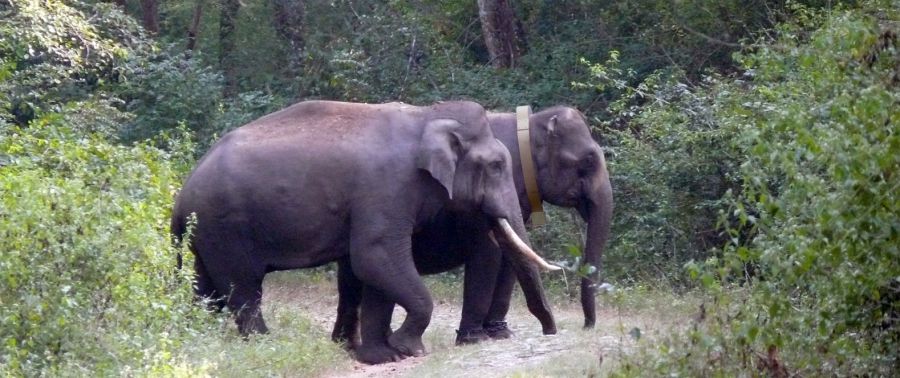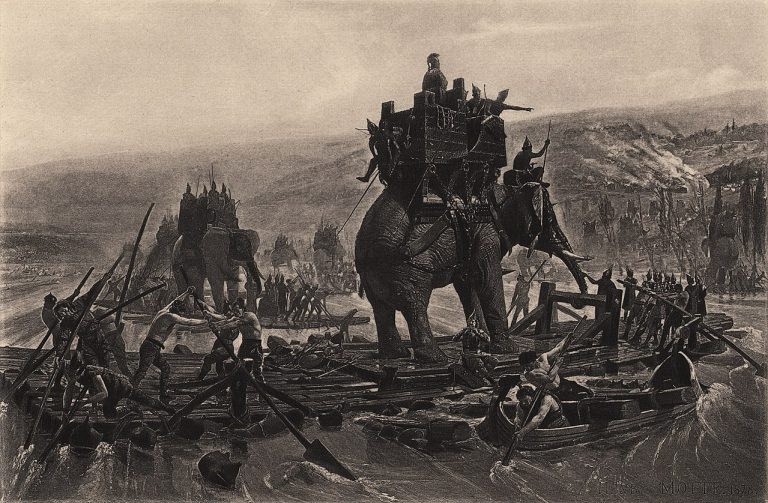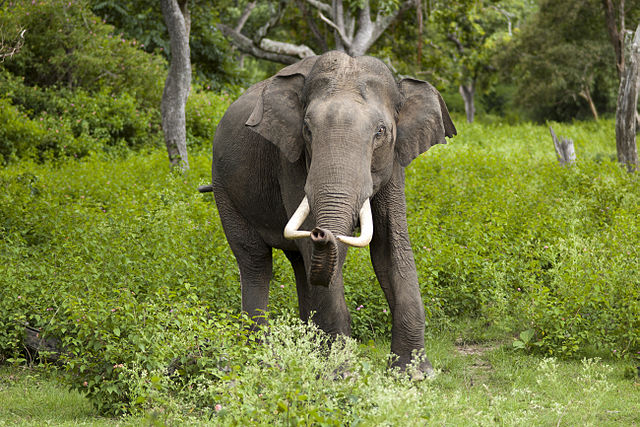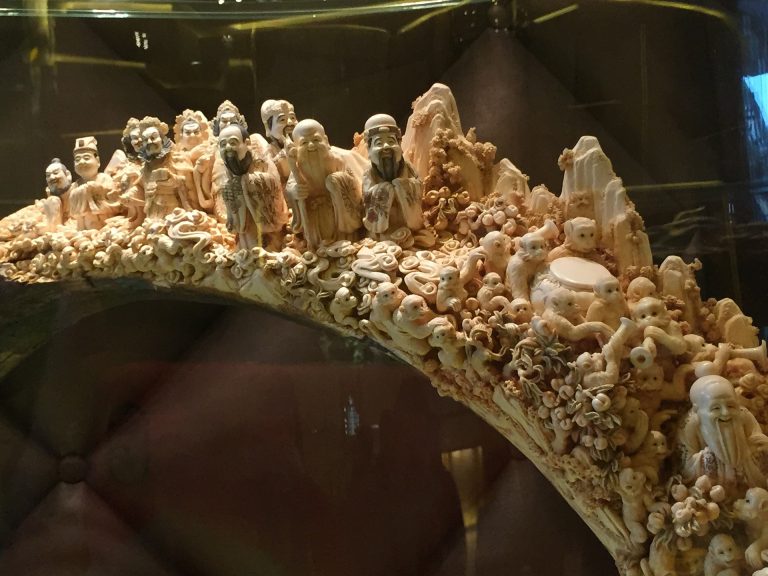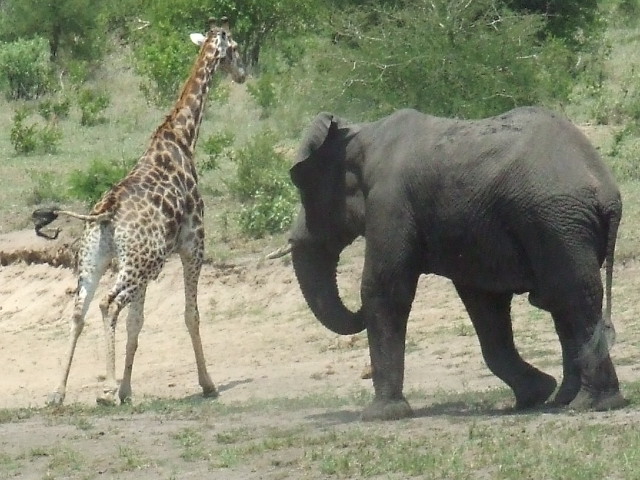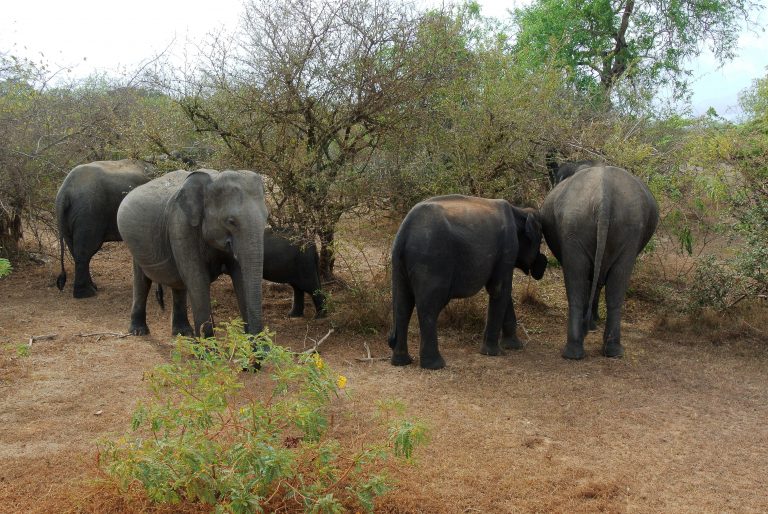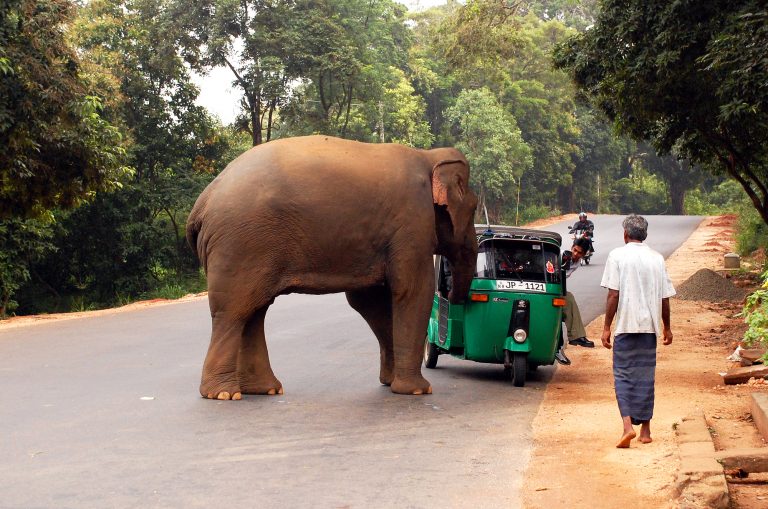Elephant Collars May Be The Next Hope For Africa’s Endangered Giants
Elephant Collars may sound strange but they offer a ray of hope for Elephant Conservation.

Elephant collars are becoming increasingly common in many game reserves and parks. These collars are designed to keep track of elephant movement within their habitat. It’s intended as a boost for wildlife conservation especially in areas where elephants are endangered.
What Are Elephant Collars?
This is often the first question anyone would ask: this is a device that is fitted on an elephant’s neck area and is equipped with a GPS tracking device. It shows the whereabouts of an elephant in a specific park or reserve.
These collars are an invention by a Kenya-based nonprofit called Save the Elephants. Their invention is now successfully used to track over 300 elephants in 10 countries.
The device can transmit vital information like the animal’s movement, the direction it has been moving, and its speed.
Typically, they have the following features;
- They are constructed with rubber to avoid injuring the elephants in any way.
- Elephant collars come with a tracker, counter weight and a seal for water proofing.
- The tracker gets the GPS location and conveys the messages to the server through an internet connection.
- When there is poor transmission, the tracker can store information and relay it later.
The collars are also used to monitor large herbivores like zebra, buffalo, giraffe and wildebeest.
Why Are Elephant Collars Even Necessary?
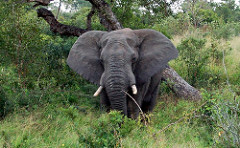
Many elephants especially the African species are in danger of extinction in their native countries such as Congo and Tanzania.
This is largely due to poaching and to satisfy the high demand for their tusks in Asian countries.
Some of the immediate benefits of elephant collars include:
- The rangers still find it hard to protect these animals despite several efforts over the years. Hence the idea of embracing the technology of collaring is a welcome alternative. Since they’ll know exactly where the elephants are, it would make it easier to protect them from poachers.
- Monitoring these animals would also help reduce animal human conflict since the elephants can be better monitored.
- Collaring will enable keepers and conservationists learn the behaviors and movement patterns of these giant mammals.
- With this technology conservationist can gather a lot of information on distribution, density and social organization of elephants.
- Another reason for this innovation is that it would help to keep count and know the population of elephants in an area.
How Are Elephant Collars Fixed?
Collaring of elephants is now embraced in many countries. For example, India, South Africa, Kenya, Zimbabwe, Zambia, Angola, Botswana and many more countries now use them.
In Tsavo National park in Kenya (with approximately 12,557 elephants) the Kenya wildlife service has made effort to collar at least 8 elephants in a day.
However, this exercise may sound easy but it’s not and it comes with some challenges. For instance some of the elephants resist wearing the collars, as expected. So, it’s hard to put collars on them hence they tranquilize them to avoid any risk to the animal or the humans involved.
In some extremely rare instances the elephant might die or get injured when tranquilizing.
Elephant collars may actually become a major relief for elephant conservation. It’s already seeing significant improvement in the wild at protecting these animals from poachers.

